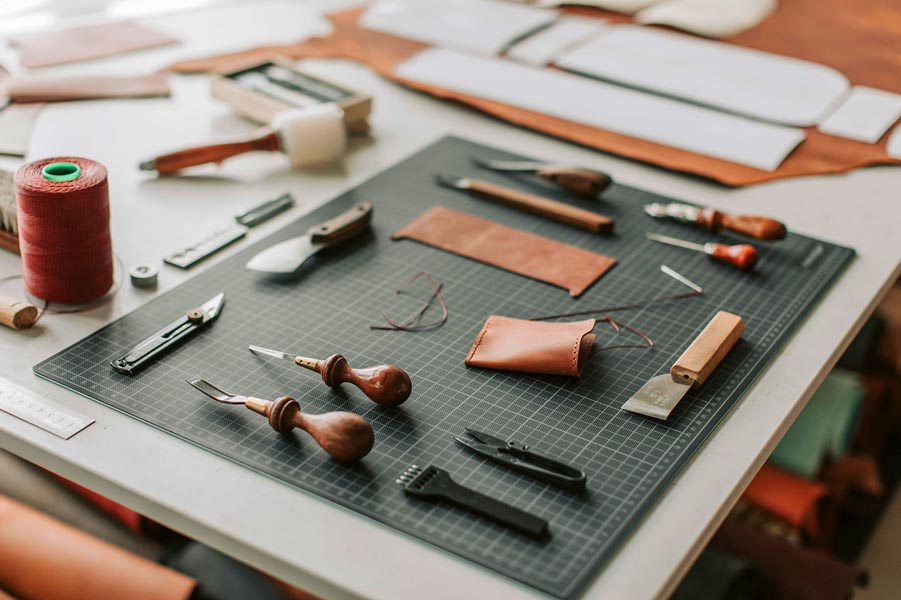
19 Oct Why Are Age-Old Leather Tools Still Relevant Today? Adapting to Contemporary Needs
In a world where technology reigns supreme, it’s easy to overlook the value of time-honored tools. Yet, when it comes to leatherworking, classic tools remain as relevant as ever. These tools, shaped by tradition, bear a unique charm that modern machinery can’t replicate. But what keeps these relics alive in today’s fast-paced environment?
Craftsmanship Beyond Compare
One of the most significant advantages of using age-old leather tools is the craftsmanship they foster. When you grasp a hand tool, you feel the connection to generations of artisans who used the same techniques. Each cut, each stitch, is a testament to skill and patience. In contrast, mass-produced items often lack this personal touch.
- Old tools offer unparalleled control. They allow artisans to make precise adjustments, leading to higher quality outcomes.
- Many classic tools are crafted from high-quality materials. They stand the test of time, often outlasting their modern counterparts.
Sustainability Meets Tradition
As we grapple with sustainability, the relevance of traditional leather tools shines brighter. Modern manufacturing often leads to waste and disposable products. In contrast, the practice of using hand tools encourages mindful crafting. It promotes the use of natural materials and reduces reliance on synthetic options.
- Using hand tools means fewer resources are spent on energy-intensive manufacturing. Leatherworking has become a more sustainable endeavor.
- Craftspeople can repurpose scraps and imperfections, turning them into stunning features rather than tossing them aside.
Customization and Individuality
In a sea of uniform products, individuality reigns supreme. Age-old leather tools enable artisans to create unique pieces tailored to their clients’ needs. Each item tells a story, and the craftsmanship involved adds intrinsic value.
- Personal Touch: Using traditional tools allows artisans to add unique details that can’t be achieved with mass production.
- Bespoke Creations: Customization becomes a breeze, with artisans able to modify designs on the fly, creating one-of-a-kind items.
Learning and Mastery
For many, the journey of mastering leatherworking begins with these classic tools. They teach patience, precision, and respect for the craft. Each tool has its own method of use, inviting learners to explore different techniques.
- Skill Development: Learning to use traditional tools encourages a deeper understanding of leatherwork. Craftspeople can develop their skills organically, leading to greater mastery.
- Creative Exploration: Classic tools invite experimentation. They empower artisans to innovate while respecting time-honored techniques.
Conclusion
In conclusion, age-old leather tools maintain their relevance by fostering craftsmanship, sustainability, customization, and learning. As the leatherworking community continues to embrace these timeless tools, the essence of the craft remains alive and well, ready to inspire a new generation of artisans.


